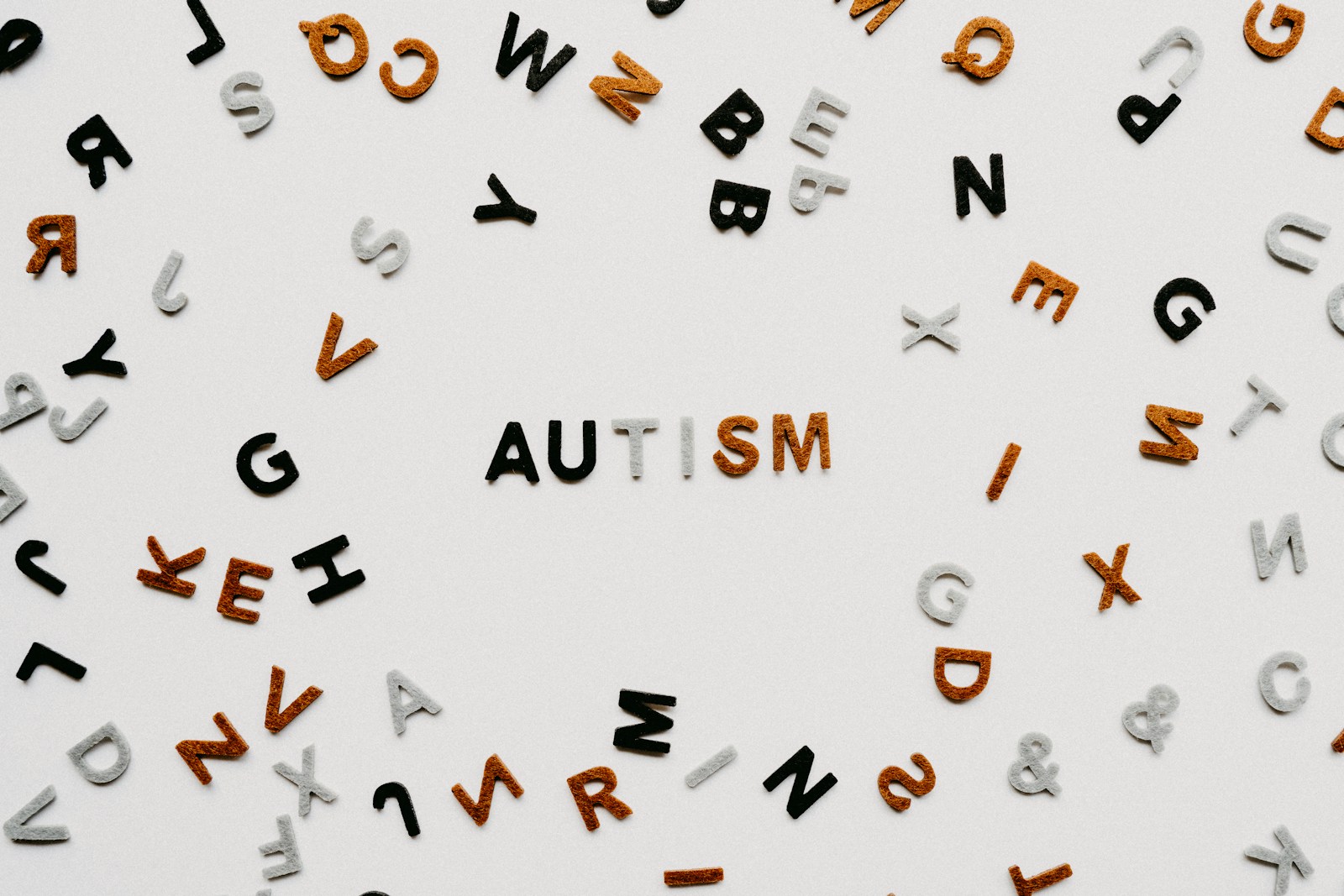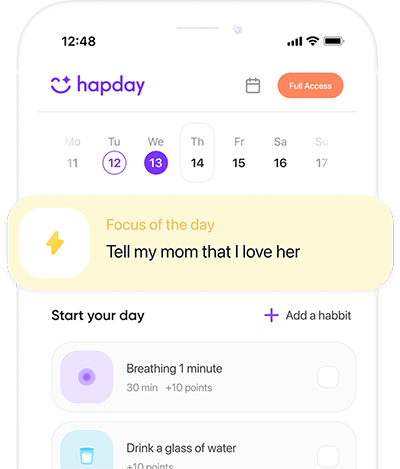Table of Contents
- Understanding Social Challenges in Autism
- Difficulty with Social Interactions
- Challenges in Reading Social Cues
- Sensitivity to Sensory Input
- Difficulty Understanding Perspectives of Others
- Preference for Routine and Predictability
- Strategies for Navigating Social Challenges
- Social Skills Training
- Use of Visual Supports
- Cognitive Behavioral Therapy (CBT)
- Peer-Mediated Interventions
- Parent and Family Involvement
- Technology-Assisted Interventions
- Mindfulness and Relaxation Techniques
- Structured Social Opportunities
- Importance of Early Intervention
- Creating Inclusive Environments
- Awareness and Education
- Adapting Physical Environments
- Flexible Social Opportunities
- Peer Support Programs
- Lifelong Social Development
- Conclusion
Autism Spectrum Disorder (ASD) is an intricate neurodevelopmental condition marked by unique challenges in social interaction, communication, restricted interests, and repetitive behaviors. The Centers for Disease Control and Prevention (CDC) reports that about 1 in 36 children in the United States is diagnosed with ASD, underscoring the need to understand and address the social hurdles faced by these individuals (Maenner et al., 2023).
For individuals with ASD, social situations can be particularly daunting. Difficulties in interpreting social cues, understanding others’ perspectives, and managing sensory sensitivities compound these challenges. Yet, with well-rounded strategies and supportive environments, individuals with ASD can hone their social skills and cultivate meaningful relationships. This article delves into the strategies and interventions that can aid individuals with ASD in navigating social challenges effectively.
Understanding Social Challenges in Autism
The social challenges experienced in autism are a blend of cognitive, emotional, and sensory differences. While these difficulties vary widely among individuals, common themes often include:
Difficulty with Social Interactions
Initiating and sustaining conversations can be a substantial hurdle. Individuals with ASD often find abstract language, metaphors, or sarcasm challenging and may prefer straightforward communication, complicating friendships and participation in group activities.
Challenges in Reading Social Cues
Interpreting non-verbal communication, such as facial expressions, body language, and tone of voice, can be particularly tough. This can lead to misinterpretations and inappropriate responses in social settings.
Sensitivity to Sensory Input
Sensory sensitivities can make social environments overwhelming. The cacophony of loud noises, bright lights, and crowded spaces can trigger discomfort and anxiety, which can deter social interaction.
Difficulty Understanding Perspectives of Others
The ability to understand others’ thoughts and feelings—known as theory of mind—is frequently challenging for those with ASD. This difficulty can impact empathy and the ability to predict others’ reactions, thereby affecting social interactions.
Preference for Routine and Predictability
A preference for routine and predictability can make venturing into new social situations challenging. Unpredictable changes or unexpected social encounters might increase stress and anxiety.
Strategies for Navigating Social Challenges
Although social challenges can be substantial, a variety of strategies and interventions can enhance social skills and the quality of interactions for individuals with ASD. These can be tailored to meet the unique needs and preferences of each individual.
Social Skills Training
Structured social skills training focuses on teaching individuals with ASD how to engage appropriately with others. This often includes role-playing, modeling, and practical exercises aimed at skills such as conversation initiation, turn-taking, and understanding social nuances. Research shows significant social improvements following such training (Gates et al., 2017).
Use of Visual Supports
Visual aids like social stories, schedules, and cue cards offer clear and concrete guidance for understanding social expectations. For instance, social stories use simple, illustrated narratives to explain scenarios and appropriate responses, easing anxiety and promoting understanding (Gray, 2015).
Cognitive Behavioral Therapy (CBT)
CBT can be particularly effective in addressing anxiety and enhancing social skills among individuals with ASD. By helping individuals identify and transform negative thought patterns, develop coping strategies, and practice social interactions in a safe setting, CBT has shown improvements in social anxiety and communication (Scarpa et al., 2013).
Peer-Mediated Interventions
Involving peers in supporting social interactions offers a powerful means of promoting inclusion. Teaching typically developing peers to engage with individuals with ASD can enhance social engagement and reduce feelings of isolation (Chang & Locke, 2016).
Parent and Family Involvement
Creating consistency at home by involving parents and family members in social skills reinforcement can significantly aid social development. Family involvement provides emotional support, which is crucial for building social confidence.
Technology-Assisted Interventions
Modern technology offers innovative tools and apps to support social skills development. Video modeling, virtual reality, and social skills apps provide engaging platforms for practicing interactions in controlled environments, with studies showcasing their effectiveness (Hopkins et al., 2011).
Mindfulness and Relaxation Techniques
Mindfulness and relaxation exercises can help manage stress and anxiety that often accompany social situations. Deep breathing, meditation, and yoga can aid emotional regulation and self-awareness, leading to improved social functioning (Ridderinkhof et al., 2018).
Structured Social Opportunities
Providing structured opportunities like group activities or clubs centered around shared interests offers a supportive context for practicing social skills. Such settings allow individuals to engage at their own pace, reducing interaction unpredictability.
Importance of Early Intervention
Early intervention is essential in equipping individuals with ASD to develop robust social skills. Addressing social challenges early on increases the likelihood of positive outcomes in social functioning and quality of life. Early intervention programs lay the groundwork for successful future interactions by focusing on fundamental social skills and emotional regulation.
Creating Inclusive Environments
Beyond direct interventions, fostering inclusive environments is crucial for social success. By implementing strategies in schools, workplaces, and community spaces, we can make these environments more accommodating.
Awareness and Education
Raising awareness and educating communities about ASD can combat stigma and foster acceptance. Awareness campaigns and training can create supportive environments for individuals on the spectrum.
Adapting Physical Environments
Modifications like providing quiet spaces, utilizing soft lighting, and controlling noise levels can make social settings more accessible and comfortable for individuals with ASD.
Flexible Social Opportunities
Offering flexible social engagement options allows individuals to participate in ways that align with their preferences, whether through smaller group settings or one-on-one interactions.
Peer Support Programs
Establishing peer support programs promotes social connections and a sense of belonging, pairing individuals with ASD with supportive peers who offer guidance and companionship.
Lifelong Social Development
Social development is a continuous journey.


This article highlights some vital strategies, but I’m curious about how we can implement these practices at schools effectively. Training educators and staff seems critical—how can we ensure they receive the necessary support?
“Mindfulness techniques? So we’re expecting kids with autism to meditate their way into social circles? Sounds like a plot twist in a bad sitcom! But seriously, finding calm before chaos could help… if they don’t get distracted by shiny objects first.”
I found this article to be incredibly insightful! Understanding the specific challenges that individuals with Autism Spectrum Disorder face in social situations really helps to foster empathy. I especially appreciate the emphasis on early intervention and structured social opportunities. It’s so crucial for creating an inclusive environment!
I totally get the sensory overload aspect! I mean, walking into a crowded place can be overwhelming for anyone, right? Imagine dealing with that while also trying to read social cues! Makes me want to create calming spaces everywhere!
While I agree that social skills training is essential, I wonder if we should also focus on educating neurotypical peers about ASD. It seems like a two-way street – both sides need to understand each other better for real progress to happen. What do you think?
“The section about peer support programs really resonates with me. Having friends who understand your challenges is so important! What are some successful examples of such programs?”
“Creating Inclusive Environments” seems like an obvious solution, yet we often overlook it! If schools would focus more on educating students about diversity from an early age, perhaps we wouldn’t need so many specialized interventions later on.
“Mindfulness techniques sound promising, especially when paired with traditional approaches like CBT. I’ve tried yoga myself, and it really helps in managing stress levels! Do you think integrating mindfulness practices into school curriculums could benefit students with ASD?”
“I love this idea! Just taking a few minutes during class to breathe and refocus could make a huge difference for everyone, not just those with ASD.”
“Absolutely! Mindfulness could help all students develop better emotional regulation skills. It’s definitely worth exploring further in educational settings.”
This article provides a comprehensive overview of the challenges faced by individuals with autism. The strategies suggested, particularly the use of visual supports and social skills training, are crucial in facilitating better communication and social engagement. It’s enlightening to see how technology can play a role in this area as well. More awareness and understanding can truly change lives.
While I understand the intention behind these strategies, I’m not convinced they actually address the root of social difficulties faced by those with autism.
I appreciate your positive outlook, but I wonder if all these strategies can be effective universally. Each individual’s experience with autism is so different that what works for one may not work for another.
@thoughtful_wanderer, I completely agree! Awareness among neurotypical individuals is just as important as training for those with ASD. We need to break down barriers and build understanding from both sides.
I find it disheartening that despite all this information, society still struggles to accommodate individuals with autism effectively. The article highlights important points but feels somewhat naive about how willing institutions are to implement these changes.
It may seem that way now, but I believe change takes time. Every step towards awareness is a step in the right direction.
“Awareness” doesn’t mean much without action. We need tangible changes rather than just conversations.
‘Technology-Assisted Interventions’ caught my attention! It’s fascinating how tech can enhance learning and development for individuals with ASD through apps and virtual reality simulations. This intersection between technology and special education opens up new horizons that were previously unimaginable.
Reading this article makes me chuckle at how we try to ‘fix’ social interactions! Humans are already awkward enough without adding layers of intervention! Maybe we should just accept our quirks instead of trying to ‘normalize’ everyone?
While humor has its place, it’s crucial to recognize that many individuals genuinely struggle in these areas and need support for personal growth.
There’s nothing funny about this topic when lives are at stake; understanding each individual’s needs is vital.
The use of technology-assisted interventions is a game changer! I’ve seen some apps that help kids practice social scenarios in a safe environment. It’s fascinating how tech can bridge the gap in communication skills for those on the spectrum!